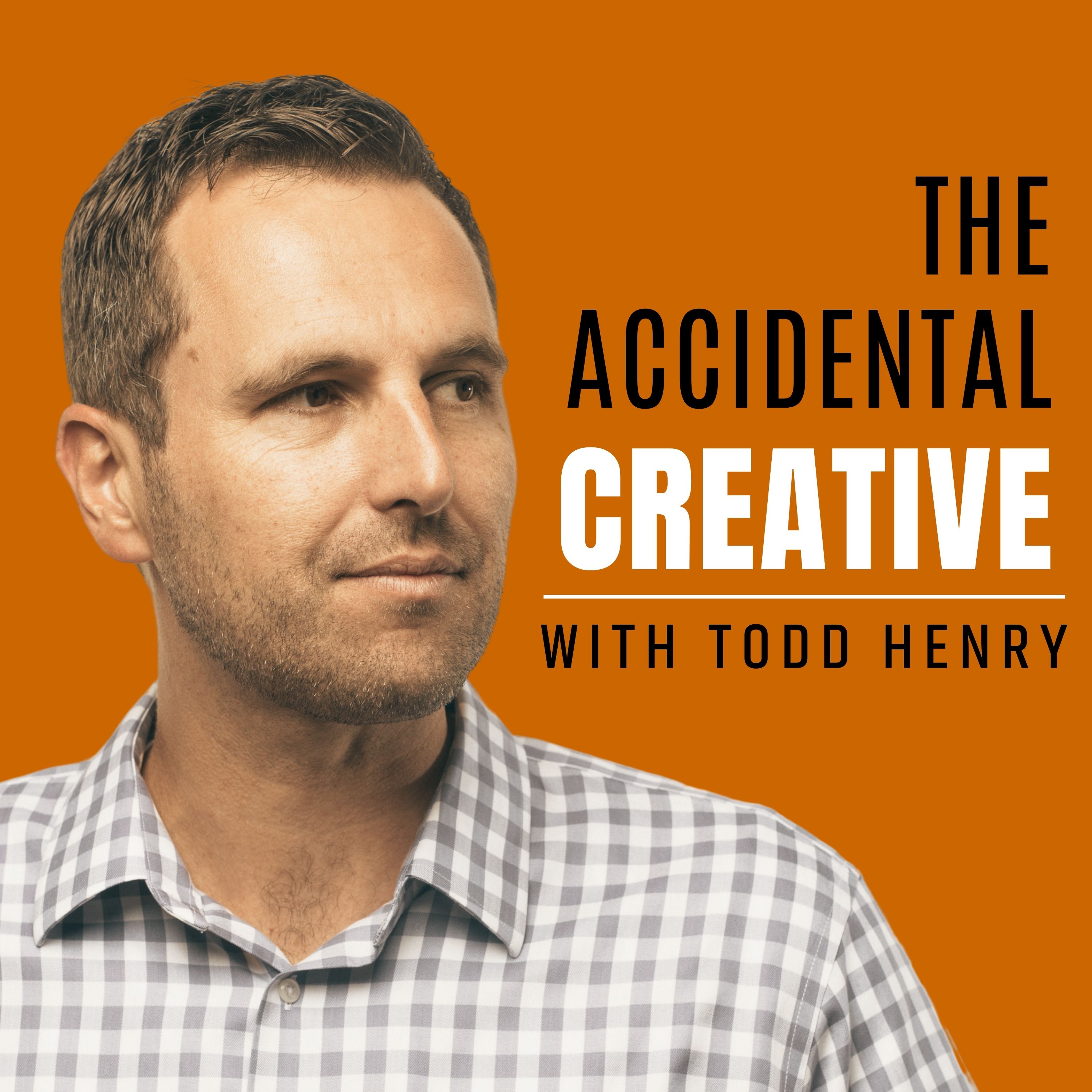

The Silent Killer Of Your Creative Process
In the creative process, one of the silent killers is expectation escalation.
It’s very important that we have a healthy understanding of our abilities and developmental opportunities, but for some of us, myself included, our expectations of ourselves and our work is our greatest competitor to full, free creativity.
In his work On Intelligence, Jeff Hawkins writes of a phenomenon in the mind called the “invariant representation”. This is a mental construct that represents the ultimate form of whatever subject we are considering. In other words, and this is greatly simplified, the ultimate chair, table, lamp, etc., all exist in our mind in some form and are used to compare all of our experiences to determine what we are seeing and experiencing. The same thing happens with our art. We create mental constructs, or invariant representations, of what great work would look like, and often these are so high and perfect that it would be nearly impossible to achieve them.
When we do this, we not only limit ourselves creatively, we also lose all sense of awe and wonder in the creative process. Creativity is about constant discovery. It’s the process of continually opening wrapped packages to discover what’s inside. Yes, it is work, but the work is often lost in obsessive and focused discovery. When we fall prey to the silent killer of expectations, we are much like a kid opening a present on their birthday, certain that there’s a cool video game inside the box, only to find socks or a lame rugby shirt. In that moment, all momentum is lost, and for us, all creative momentum goes away in favor of the practical effort required to get our project to match our invariant representation.
We can pick up unhealthy expectations from three unique sources, and each requires its own remedy:
1. Our heroes.
Many of us began making art in whatever form because we were inspired by others to do so. In other words, we experienced the art of someone great - someone who had been pursuing the path to uniqueness and found their voice - and we were inspired to begin along the same path. When we did, we started off by imitating, (passive imitation phase of the uniqueness curve), and began to diverge and experiment with our own style. When we do this, however, the pressure we feel is often to force our experiment to fit the mold of something our heroes would do. To say it differently, our experimentation with new forms and styles begins to feel forced because it’s something new, and we are tempted or possibly feel pressure to bend our work to fit the mold of someone else. Or, worse than that, we think our work is no good because it doesn’t seem to measure up to some invisible standard we’ve set based upon our experience of other peoples’ work.
In his incredible book, Free Play, Stephen Nachmanovich writes, “It’s great to sit on the shoulders of giants, but don’t let the giants sit on YOUR shoulders! There’s no room for their legs to dangle.”
In other words, we can carry the weight of our heroes on our shoulders and feel the burden to carry their work forward in some way. When we do this, we are denying our own creative skills and passions and trying to live up to someone else’s standard.
Be encouraged, though. Every accomplished artist at some point doubts their abilities. Every great artists wonders if they should be doing something else. The brilliant and prolific ones, however, don’t allow those thoughts to prevent the creative process from taking form. They continue to make in the midst of their doubts.
Make in the midst of your doubts. Don’t allow others’ work to cause you to doubt your own. Know yourself and your abilities. Continue to push on and make with a confidence that what is there is valid simply because it’s there.
2. Our own work.
When we’ve seen a degree of success in our work, it’s easy to allow our greatest achiev